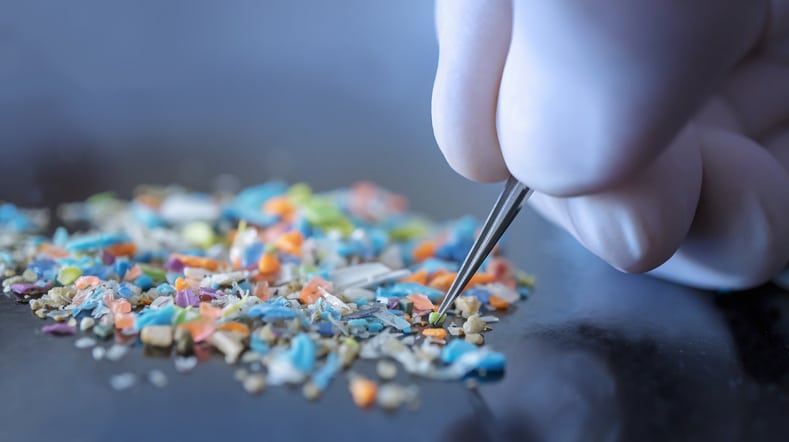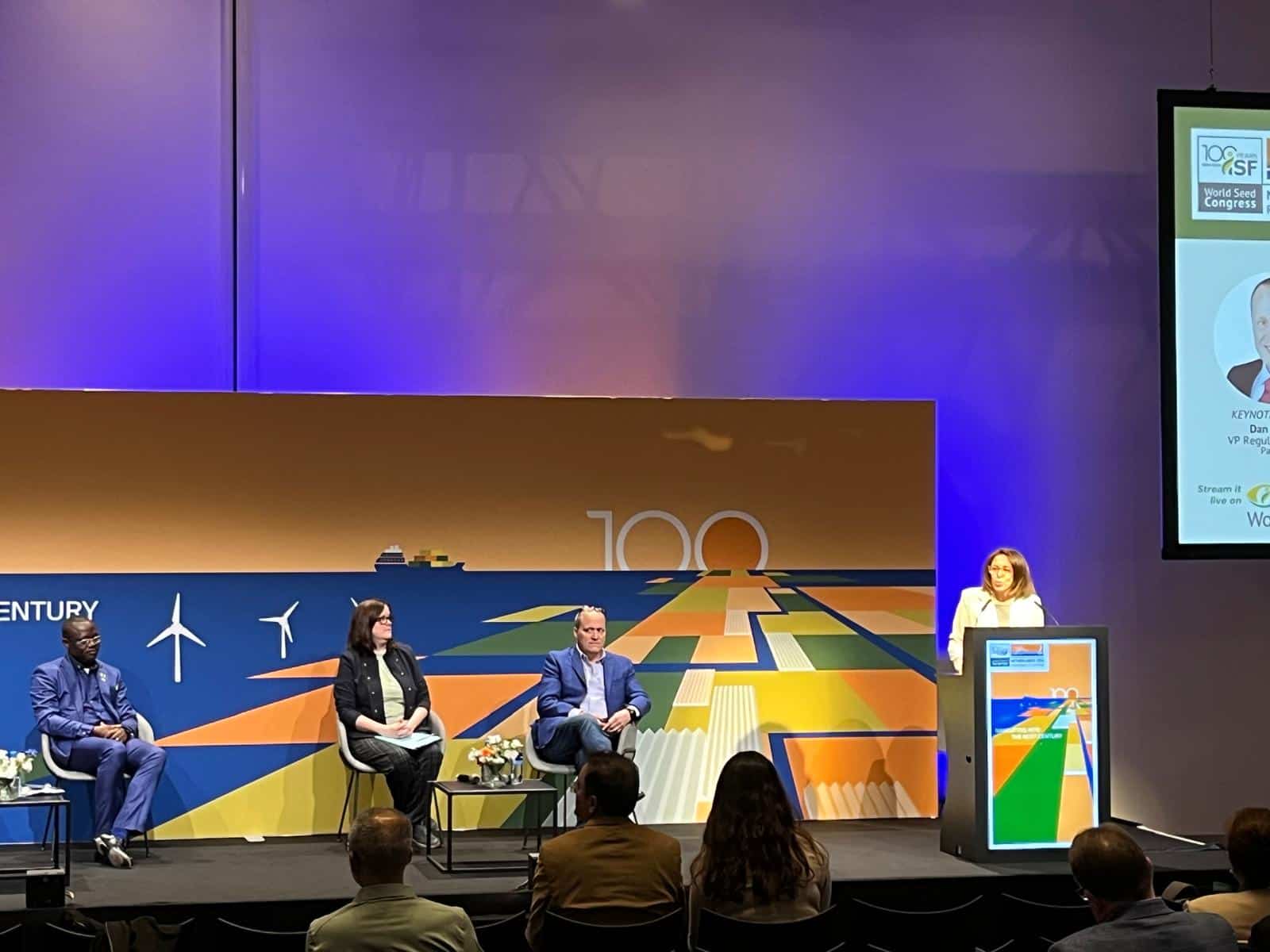It’s incredible how much an industry can transform in just a handful of years. Five years ago, sustainability had none of the momentum it has today and microplastics weren’t on anyone’s radar.
Today, most agriculture companies are at least considering their environmental footprint, social license to operate is an increasing priority, and important steps are being made towards both emissions reductions and resource use efficiency. Still, while some companies are actively pursuing improved sustainability, others view necessary improvements like microplastic free seed treatment formulations with an attitude of: ‘it’s coming, but we can probably still put off worrying about it for three or four years.’
I disagree. The need for improved sustainability is obvious. For the seed treatment industry, microplastic free is now. Moreover, microplastic free is just the first step.
Already, legislators in Europe have banned microplastics (manufacturers are two years into a five-year grace period to remove microplastics from their formulations). While Europe is leading in regulations, the world is looking to follow: I’m getting questions about microplastic free products and formulations from Australia, Asia and elsewhere. And while we aren’t seeing as much traction from US markets yet, I expect that soon to change as the US generally shadows European legislation within two to three years.
As we work towards microplastic free, I see two additional sustainability priorities for us as a company and we as the larger seed treatment industry. First, we need to move towards using ingredients and producing products that are increasingly or completely biodegradable in soil. Rather than formulating with synthetics, we should be using ingredients that quickly break down to their component elements in soil or, where possible, break down to soil health amendments.
Second, we need to ensure all of the ingredient parts are sustainably sourced from renewable resources, as per the recommendation from the United Nations’ Sustainable Development Goals.
Currently, many of the polymers used in seed treatments are petrochemically based. Our company’s goal is to move towards newer generation products derived from plant-based, microbial or other cultivatable/creatable sources that can be generated in a sustainable fashion.
Already, we’ve identified a number of products that fit these requirements. Some of it is new chemistry we’re just beginning to work with; others are chemistries that some consider outdated that we’re looking to improve. There remains significant work ahead. To have a chance in the marketplace, naturally, renewably derived formulations must work as effectively as a conventional formulation it replaces and be producible and marketable at a similar price point. That’ll be a challenge, but one I know our industry can overcome.
I’ve had several customers tell me these goals sound important, valuable, exciting… and daunting. Don’t worry! Our goal as a company is to meet sustainability targets, thereby protecting our customers from future regulatory risk, without customers having to bear additional cost or any efficacy downside. Can we get there? Given the huge strides forward my team has already achieved, I say with confidence: Absolutely!








